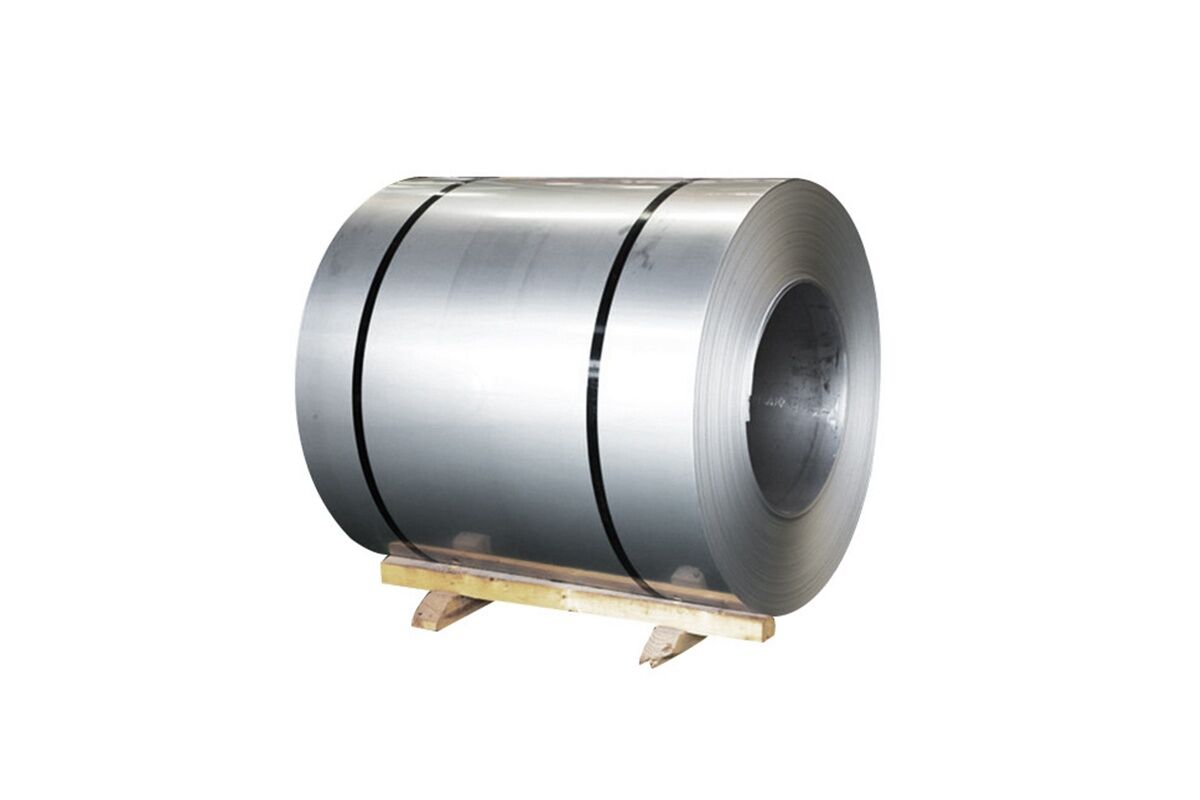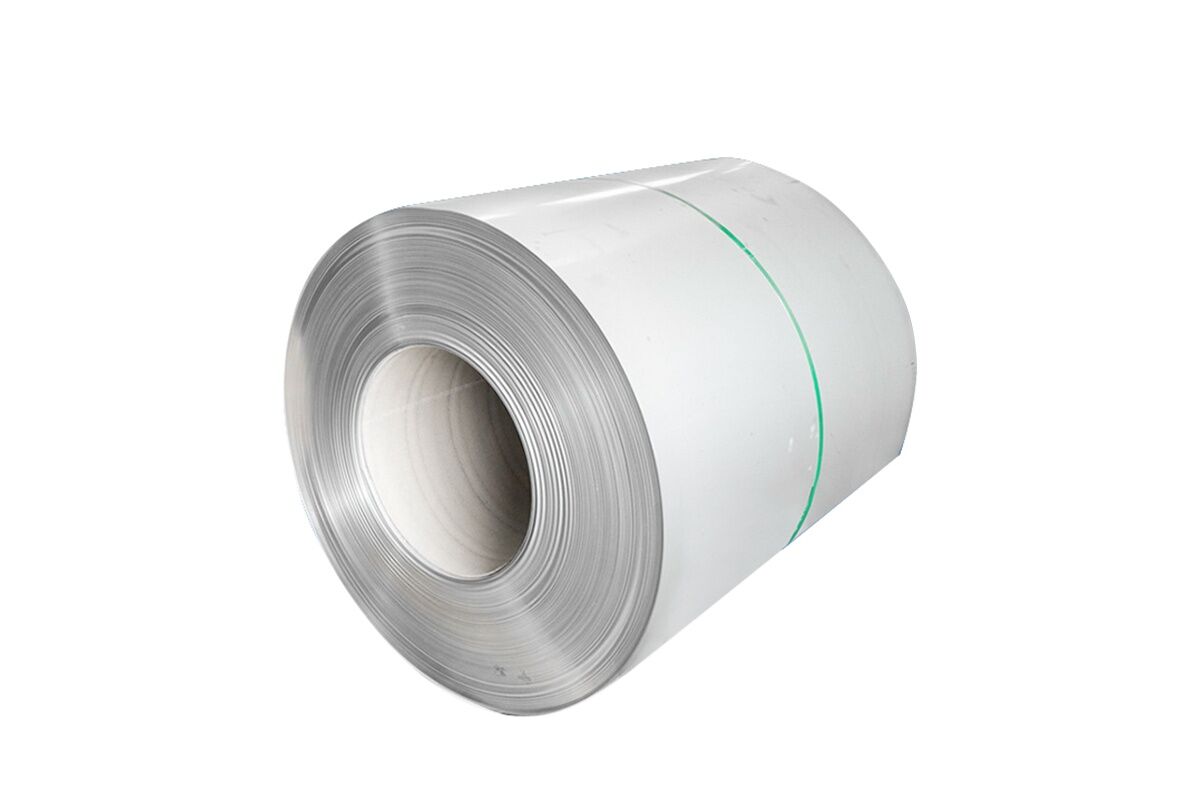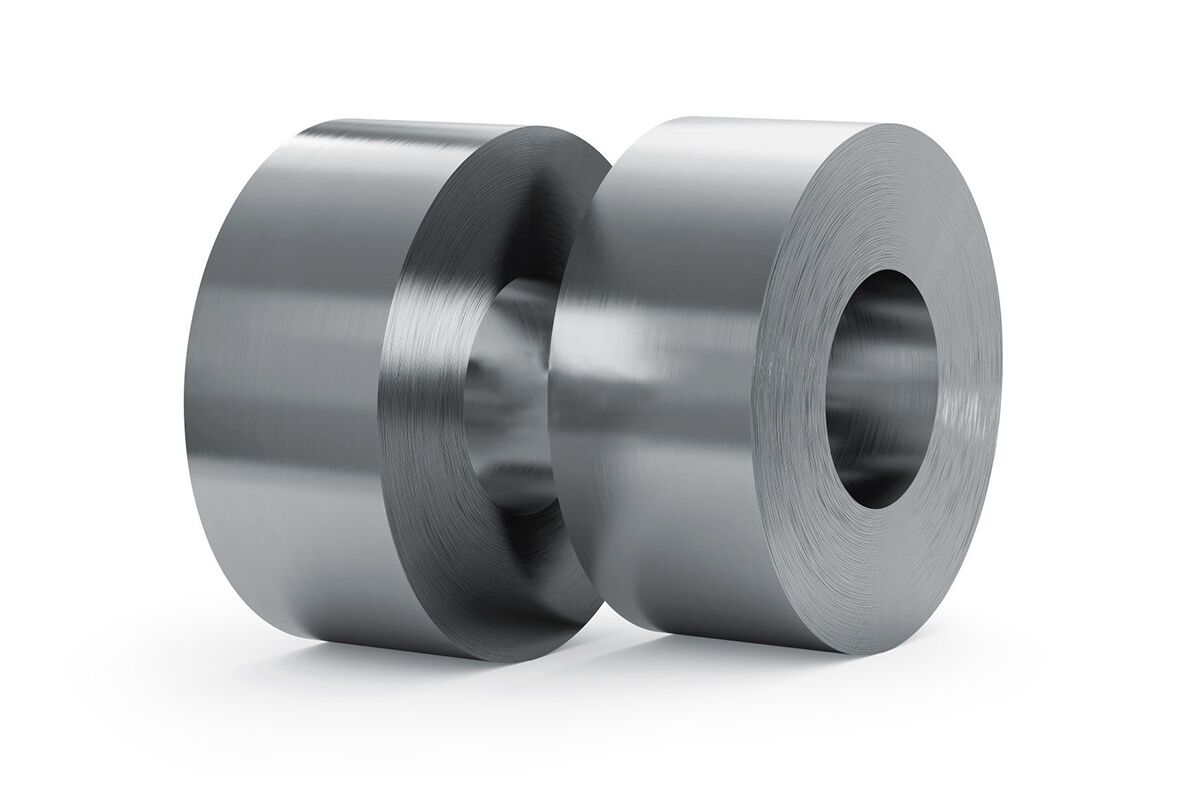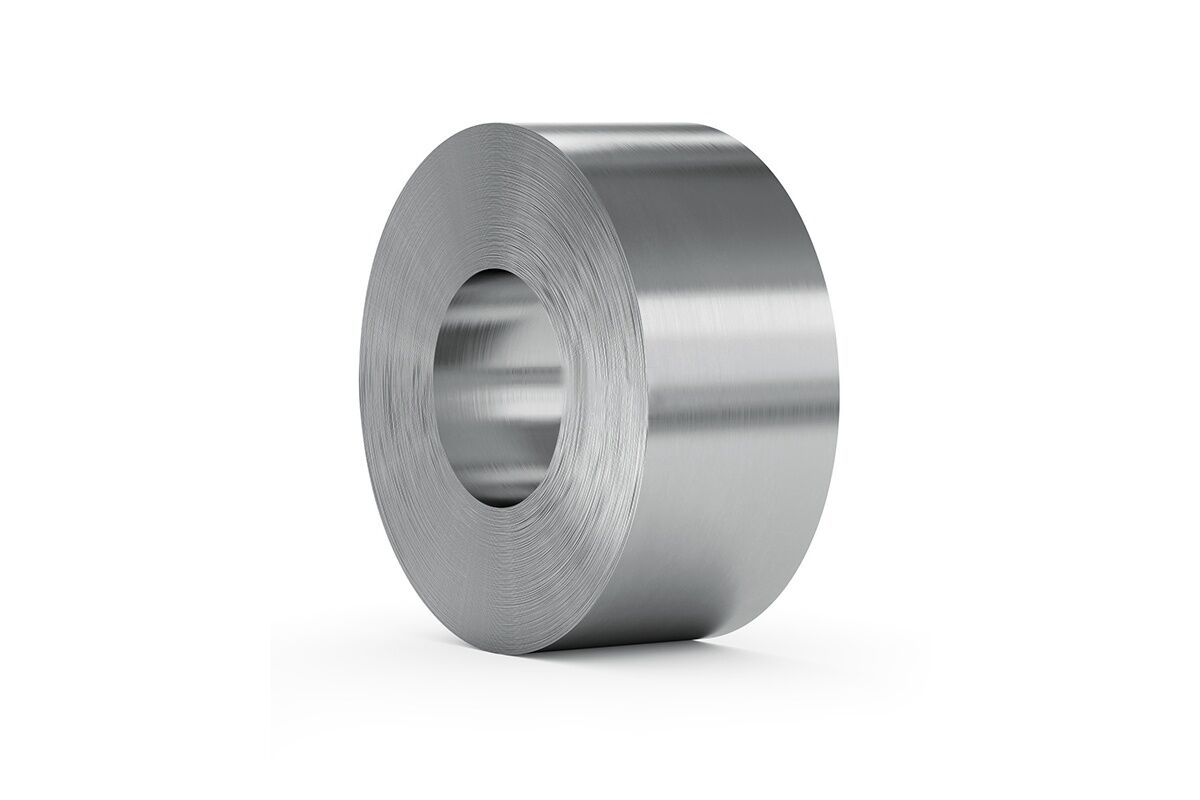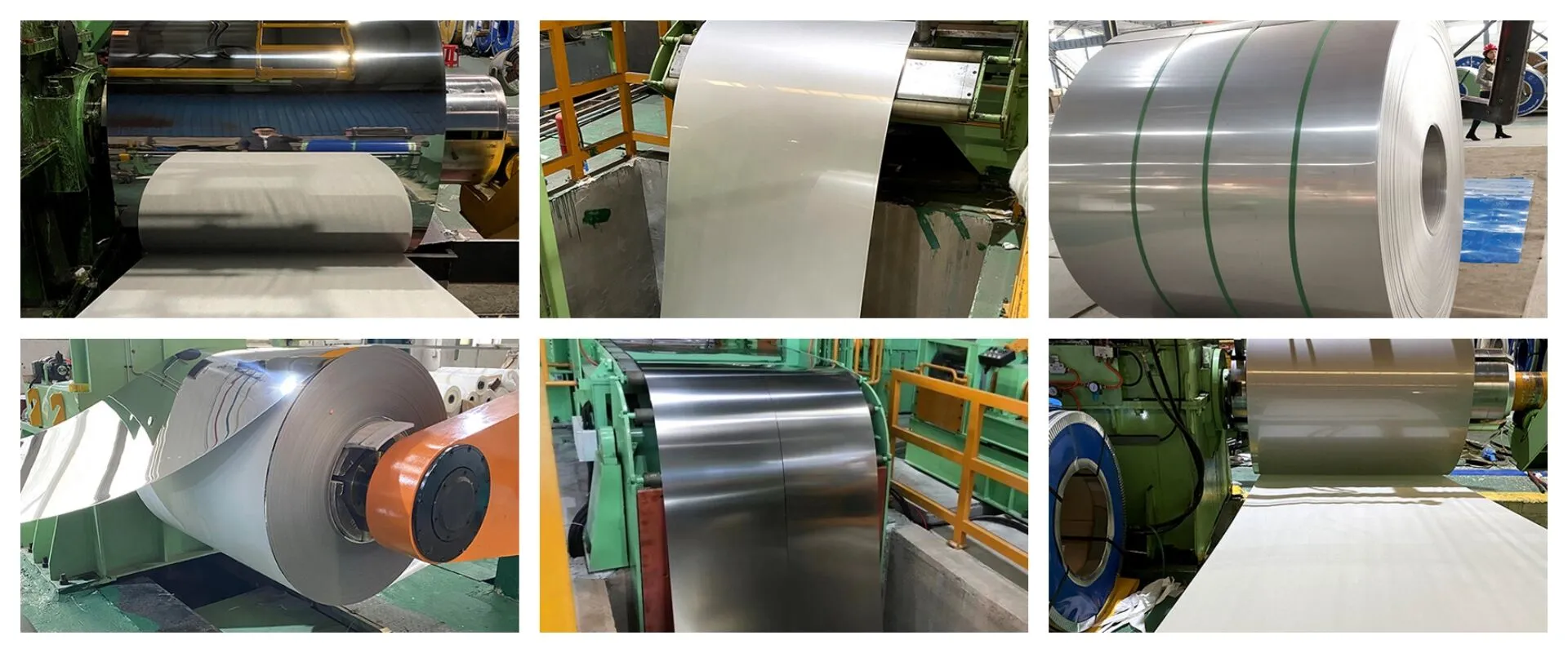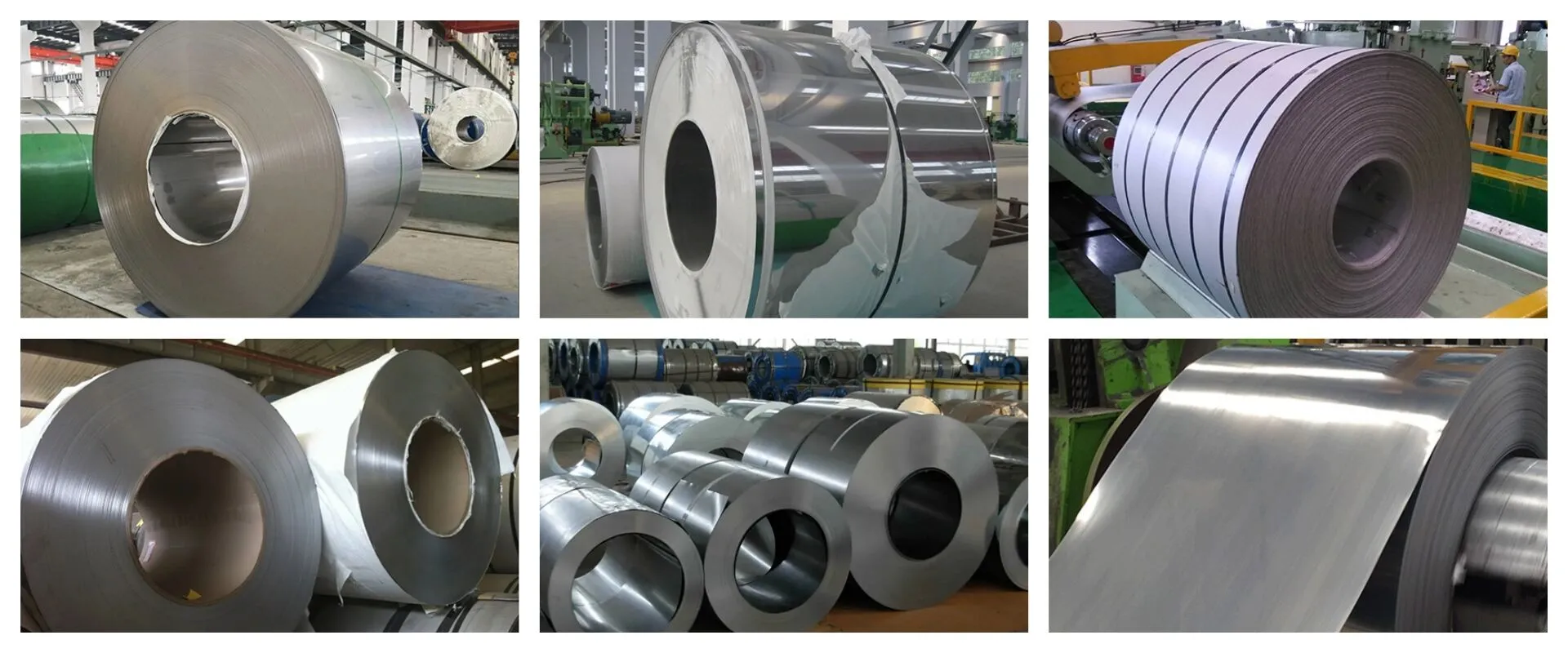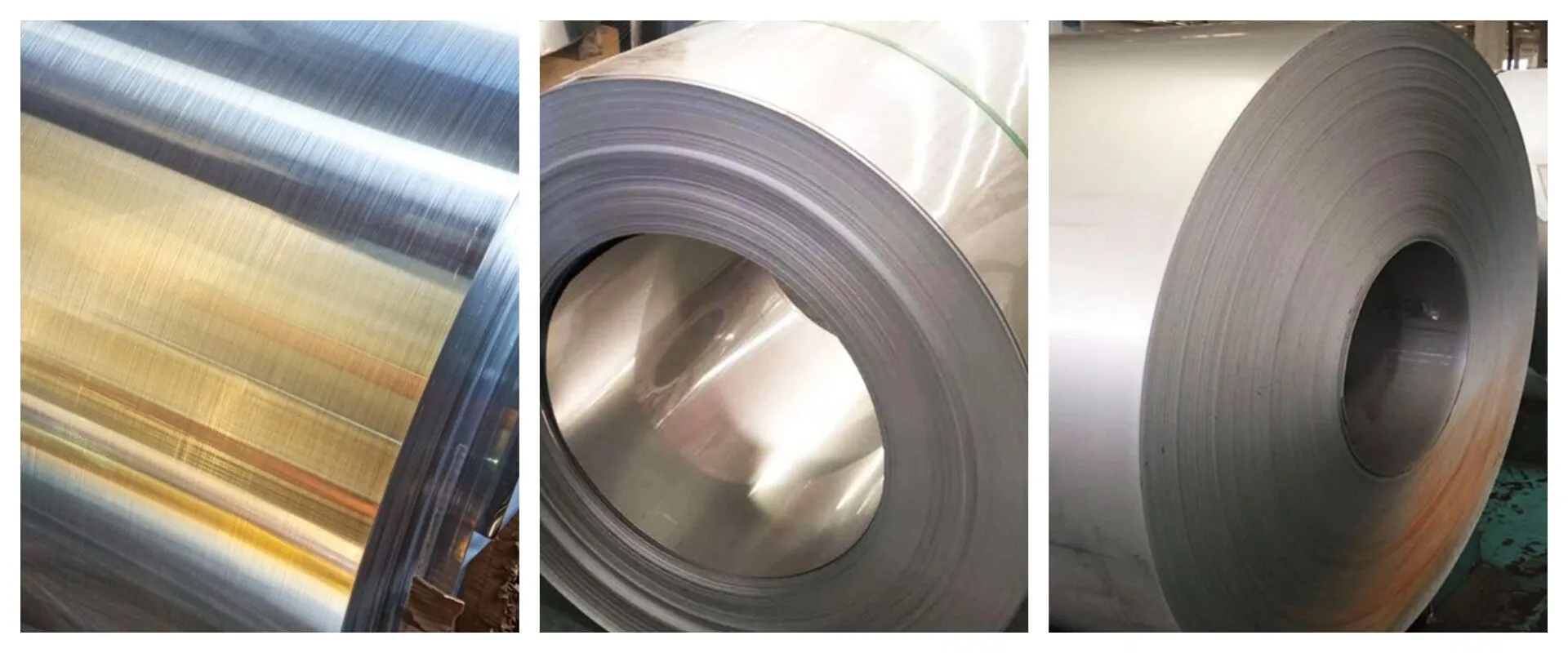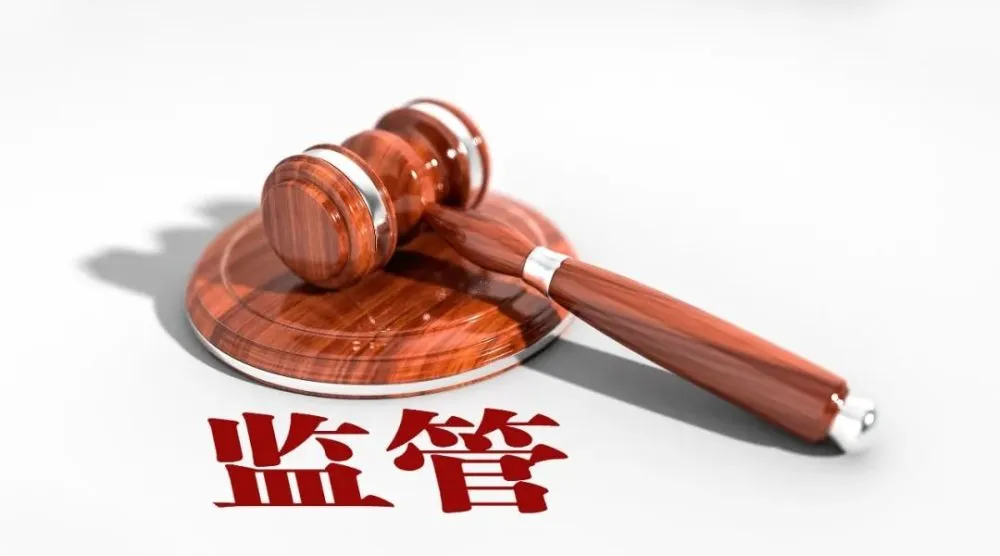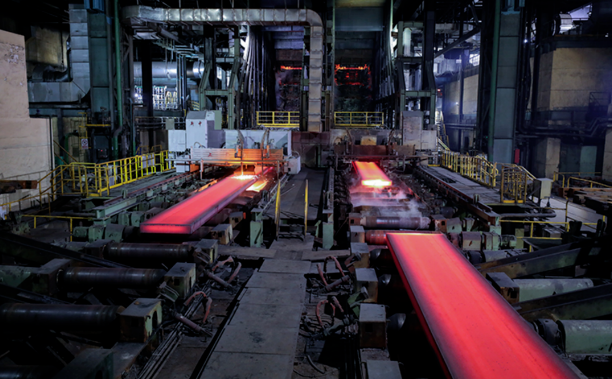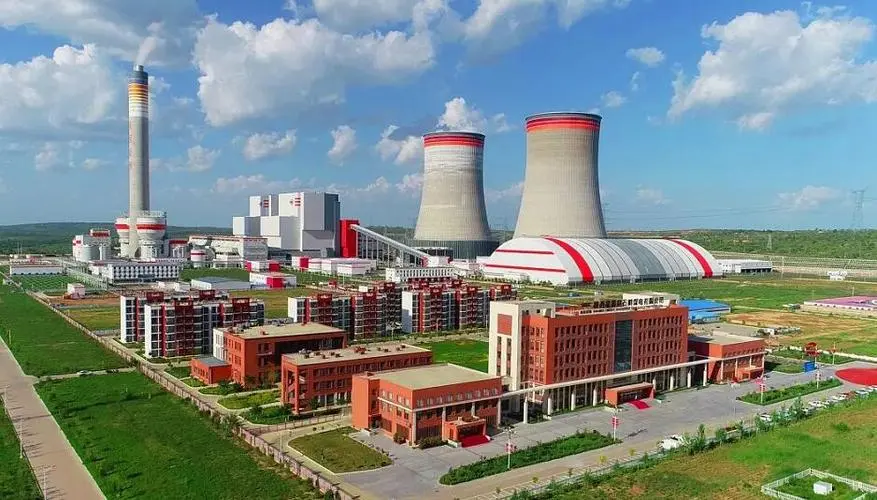
PRODUCT CENTER
CONTACT US
If you are interested in cooperation, please contact us immediately, we will give you feedback as soon as possible!
Stainless steel coil
![]() Whatsapp : +8613176258356
Whatsapp : +8613176258356
![]() Email : [email protected]
Email : [email protected]
Product details table:
| Item | Details |
|---|---|
| Product Name | Stainless steel coil |
| Material Types | Austenitic stainless steels (such as 304, 304L, 316, 316L), Ferritic stainless steels (such as 430), Martensitic stainless steels (such as 410), Duplex stainless steels (such as 2205) |
| Specifications | – Thickness: 0.1mm – 12mm – Width: 600mm – 2000mm – Inner diameter: 508mm (conventional), 610mm – Outer diameter: Determined by coil weight and thickness, usually ≤ 2500mm |
| Surface Treatments | 2B surface (cold-rolled bright), BA surface (bright annealed), No.4 (satin finish), HL (hairline finish), mirror polish; Passivation treatment, oil coating for rust prevention |
| Standards | ASTM A240, ASTM A666, GB/T 3280, JIS G4305, DIN 17456, EN 10088-2 |
| Mechanical Properties | – Tensile strength: 520 – 1450 MPa (varies depending on the steel grade) – Yield strength: 205 – 1035 MPa – Elongation: ≥ 35% (for some steel grades) |
| Corrosion Resistance | Chromium content ≥ 12%, forming a dense Cr₂O₃ oxide film on the surface, resistant to atmospheric, water, and weak acid-base corrosion; Steel grades containing molybdenum (such as 316L) have outstanding resistance to chloride ion corrosion |
| Typical Applications | – Architectural decoration: Curtain wall panels, ceilings, elevator panels – Home appliance manufacturing: Refrigerator panels, washing machine inner drums, air conditioner casings – Food equipment: Storage tanks, conveyor belts – Chemical industry: Reactor linings, pipes – Automobile manufacturing: Exhaust systems, vehicle body structural parts |
| Processing Techniques | Cold rolling (high precision, thin specifications), Hot rolling (thick specifications, low cost), Slitting (customized width), Cutting to length (cut into flat plates), Forming processing (stamping, bending) |
| Packaging | Wrapped with moisture-proof paper + plastic film, and protected by steel corner protectors at the edges; Horizontal or vertical packaging, suitable for sea and land transportation |
| Delivery Time | Regular specifications: 5 – 10 working days; Customized specifications: 15 – 30 working days |
| Quality Certifications | ISO 9001 Quality Management System Certification, SGS Inspection Report, RoHS Environmental Certification |
Physical properties and chemical properties:
Physical properties
Appearance:
Usually has a metallic luster and a smooth surface. The appearance will vary depending on the different surface treatment processes, such as 2B surface, BA surface, frosted surface, mirror surface, etc.
Density:
It varies slightly due to the specific composition of stainless steel, generally between 7.93-8.03 g/cm3, for example, the density of 304 stainless steel is about 7.93 g/cm3, and the density of 316 stainless steel is about 7.98 g/cm3.
Melting point: The melting point of stainless steel coils is relatively high, generally around 1398-1454℃, and the melting points of different types of stainless steel will vary.
Coefficient of thermal expansion:
In the range of room temperature to 100℃, the average linear expansion coefficient is about 16.0-18.5×10⁻⁶/℃, and the thermal expansion coefficient will increase slightly with the increase of temperature.
Thermal conductivity:
The thermal conductivity is relatively poor, and its thermal conductivity is between 16.3 and 21.5 W/(m·K), which is only about 1/3 of carbon steel.
Electrical conductivity:
It has a certain electrical conductivity, but not as good as copper, aluminum and other metals. Its electrical conductivity is about 20% – 30% of copper.
Chemical properties
Corrosion resistance:
This is one of the most important chemical properties of stainless steel coils. Because it contains a high chromium (Cr) element, it is easy to form a dense chromium oxide film on the surface in the air. This oxide film can prevent the internal metal from further contacting with air, water and other corrosive media, thus having good corrosion resistance. When the chromium content reaches more than 12%, the corrosion resistance of stainless steel will be significantly improved. Some special stainless steel coils, such as 316 stainless steel, have better resistance to chloride ion corrosion due to the addition of molybdenum (Mo) elements, and are suitable for some more severe corrosive environments, such as marine environments.
Antioxidation:
At room temperature, stainless steel coils have good oxidation resistance. In high temperature environments, the oxide film on the surface of stainless steel can also play a certain protective role, preventing the metal from being further oxidized. However, as the temperature rises, the anti-oxidation performance will change, and different types of stainless steel have different anti-oxidation capabilities at high temperatures. For example, the oxide scale of 304 stainless steel below 870°C has good protection, but at higher temperatures, the oxidation rate will accelerate.
Chemical stability:
Stainless steel coils have good stability in general chemical media and are not easy to react chemically with acids, alkalis, salts, etc. However, under some specific conditions, such as high-concentration strong acid and strong alkali environments, or in the presence of specific catalysts, stainless steel may also corrode or other chemical reactions. For example, in concentrated sulfuric acid, stainless steel may be passivated, but if the sulfuric acid concentration and temperature exceed a certain range, it will also corrode stainless steel.
Magnetism:
Some stainless steel coils are magnetic, such as ferritic stainless steel and martensitic stainless steel, while austenitic stainless steel is usually non-magnetic or weakly magnetic. However, during cold processing, austenitic stainless steel may produce a certain degree of magnetism.
